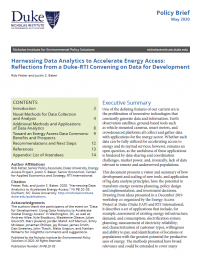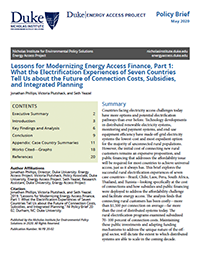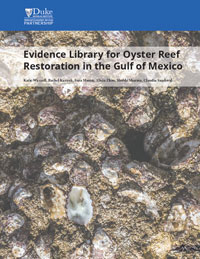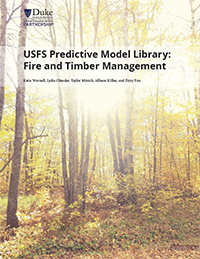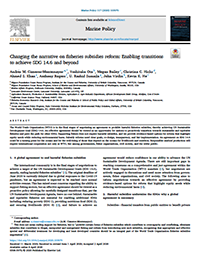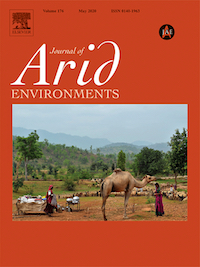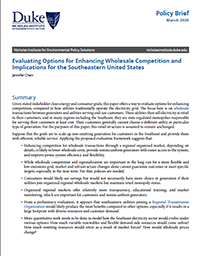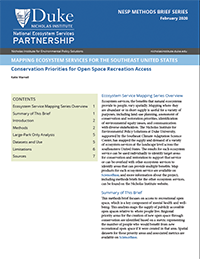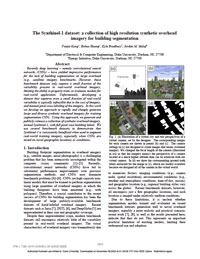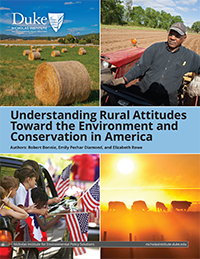Publications
Harnessing Data Analytics to Accelerate Energy Access: Reflections from a Duke-RTI Convening on Data for Development
One of the defining features of our current era is the proliferation of innovative technologies that constantly generate data and information. Earth observation satellites, ground-based tools such as vehicle-mounted cameras, smart meters, and crowd-sourced platforms all collect and gather data with applications for the energy sector.
Lessons for Modernizing Energy Access Finance, Part 1: What the Electrification Experiences of Seven Countries Tell Us about the Future of Connection Costs, Subsidies, and Integrated Planning
This brief explores the successful rural electrification experiences of seven case countries—Brazil, Chile, Laos, Peru, South Africa, Thailand, and Tunisia—looking specifically at the cost of connections and how subsidies and public financing were deployed to address the affordability challenge and facilitate energy access.
Evidence Library for Oyster Reef Restoration in the Gulf of Mexico
Oyster reef restoration influences the ecological and social systems to create outcomes important to people. These effects are illustrated in an ecosystem service logic model (ESLM), and the evidence library summarizes the scientific evidence for each relationship shown in the ESLM. The evidence library summarizes the scientific evidence for the biological, ecological, and socio-economic effects of oyster reef restoration in the Gulf of Mexico.
USFS Predictive Model Library: Fire and Timber Management
This project explores how these non-USFS models could be combined with existing USFS models to provide a fuller analysis of ecosystem services outcomes from different management scenarios. We used an ecosystem service conceptual model as a framework to examine the utility of currently available predictive models for quantifying the effects of fire and timber management on ecosystem services and socioeconomic outcomes.
Changing the Narrative on Fisheries Subsidies Reform: Enabling Transitions to Achieve SDG 14.6 and Beyond
The World Trade Organization is in the final stages of negotiating an agreement to prohibit harmful fisheries subsidies, thereby achieving UN Sustainable Development Goal 14.6. An effective agreement should be viewed as an opportunity for nations to proactively transition towards sustainable and equitable fisheries and pave the path for other SDGs.
Riparian Vegetation as an Indicator of Stream Channel Presence and Connectivity in Arid Environments
Based on a thorough literature review and synthesis of arid region studies, we found key spatiotemporal patterns of arid riparian vegetation that could potentially be used to determine hydrologic connectivity. Much of the vegetation along arid stream channels is well-adapted to water scarcity and varies in response to differences in geomorphology, hydrology, and land use across multiple scales.
Evaluating Options for Enhancing Wholesale Competition and Implications for the Southeastern United States
Given stated stakeholder clean energy and consumer goals, this paper offers a way to evaluate options for enhancing competition, compared to how utilities traditionally operate the electricity grid. The focus here is on wholesale transactions between generators and utilities serving end-use customers. These utilities then sell electricity at retail to their customers, and in many regions including the Southeast, they are state-regulated monopolies responsible for serving their customers at least cost.
Mapping Ecosystem Services for the Southeast United States: Conservation Priorities for Open Space Recreation Access
This methods brief focuses on access to recreational open space, which is a key component of mental health and well-being. This analysis maps the supply of publicly accessible open spaces relative to where people live. Regional priority areas for the creation of new open space through conservation are identified based on a metric representing the number of people who would benefit from new recreational open space if it were created in that area.
The Synthinel-1 Dataset: A Collection of High Resolution Synthetic Overhead Imagery for Building Segmentation
Recently deep learning - namely convolutional neural networks (CNNs) - have yielded impressive performance for the task of building segmentation on large overhead (e.g., satellite) imagery benchmarks. However, these benchmark datasets only capture a small fraction of the variability present in real-world overhead imagery, limiting the ability to properly train, or evaluate, models for real-world application.
Understanding Rural Attitudes Toward the Environment and Conservation in America
Rural Americans matter—a lot—to the fate of U.S. environmental policy. This study explores: 1) the attitudes of rural Americans toward the environment and environmental policy; 2) what accounts for the apparent rural/urban divide on attitudes toward environmental policy; and 3) whether there are alternative policies, communications strategies, or, more broadly, ways to engage rural voters and constituencies that might bridge the urban/rural divide on the environment.

